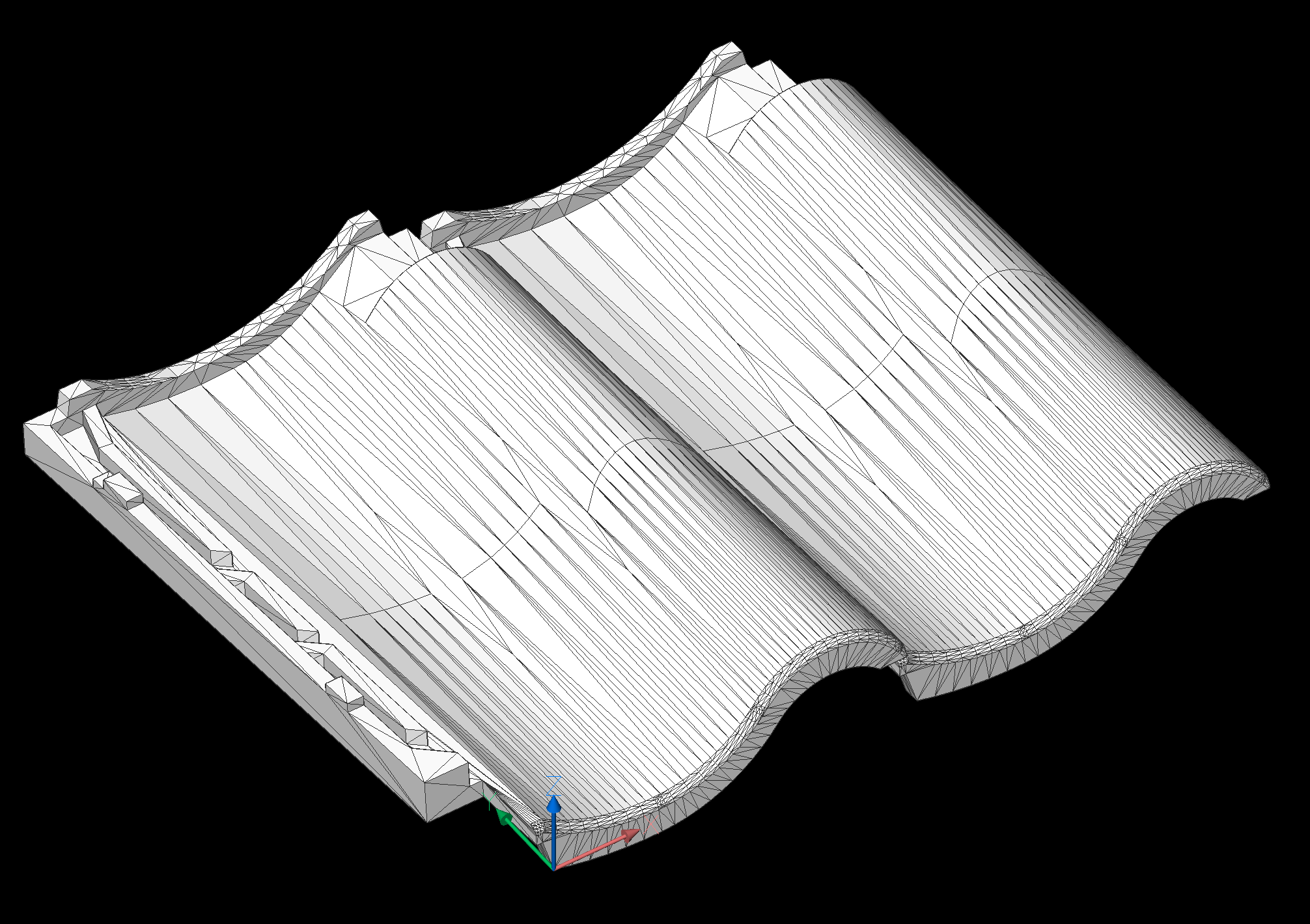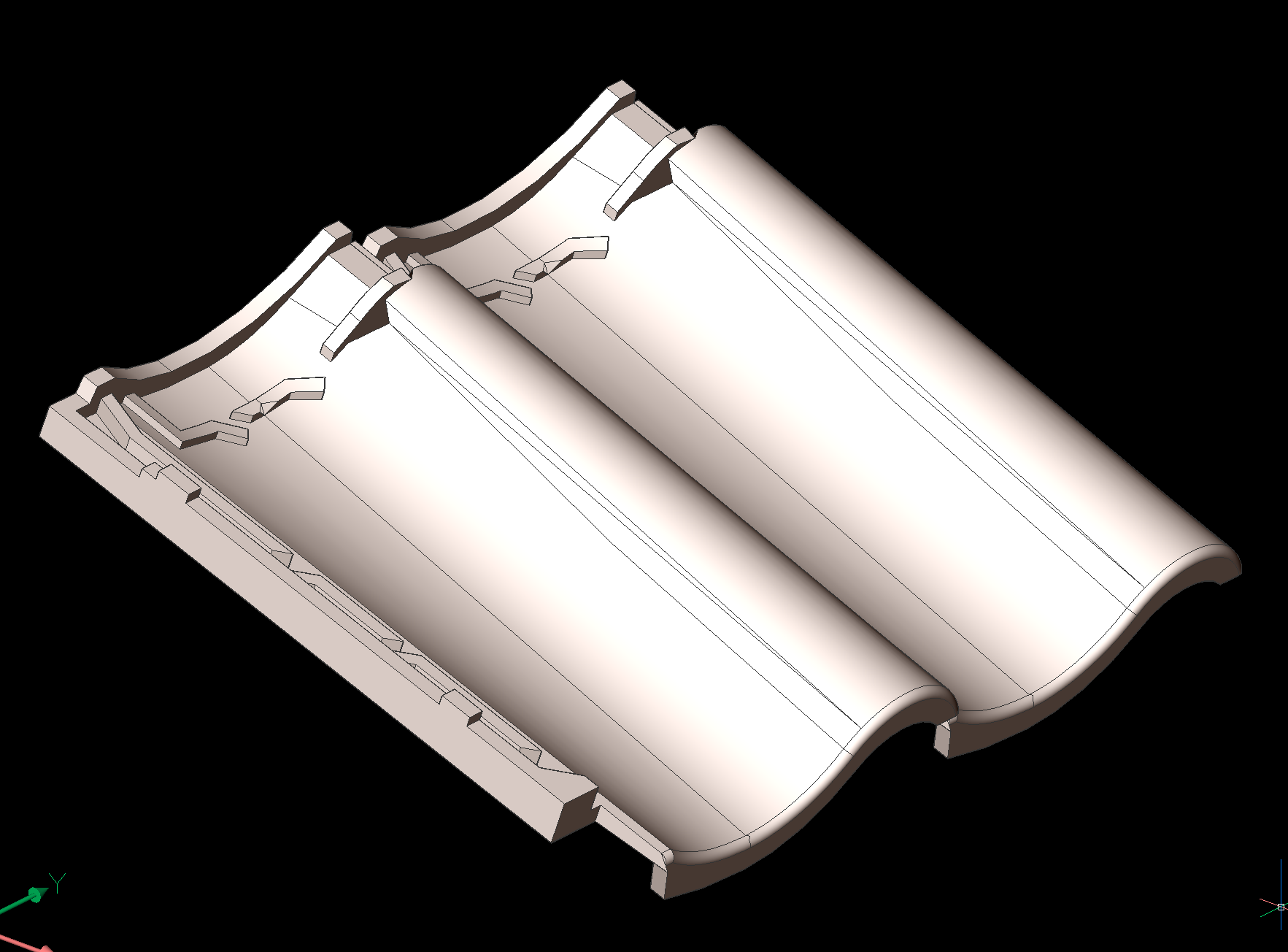Difference *.rvt and IFC?
Hi,
I have downloaded 2D and 3D/Bim information from a supplier of roof tiles
I want to try to add individual rooftiles to my model.
If I compare the basic rooftile in de *.rvt (showcase)file and the IFC-file there is a difference in the smoothness of the surface. In het .rvt-file the surface is much smoother (less lines on the surface).


Questions:
- Both are 3D-solids. Is one beter than the other?
- I think I prefer the .rvt-file because of the smoother appearance, but I am not able to copy the 3D-solid out of
the rvt-file to another drawing.
How would I be able to copy/export the 3D-solid?
I have downloaded 2D and 3D/Bim information from a supplier of roof tiles
I want to try to add individual rooftiles to my model.
If I compare the basic rooftile in de *.rvt (showcase)file and the IFC-file there is a difference in the smoothness of the surface. In het .rvt-file the surface is much smoother (less lines on the surface).


Questions:
- Both are 3D-solids. Is one beter than the other?
- I think I prefer the .rvt-file because of the smoother appearance, but I am not able to copy the 3D-solid out of
the rvt-file to another drawing.
How would I be able to copy/export the 3D-solid?
0
Comments
-
Hi Simon,
copying geometry should be easy. Ctr-C / V should work, or you can export geometry to another file with a base point using WBLOCK command.0 -
(you better use blocks and arrays, instead of copying all these tiles as solid in your model)0
-
Hi Simon,
It's difficult to make general recommendations on using .rvt versus .ifc files, it will depend on the specific model and the way it was exported.
Did you try DMSIMPLIFY on the IFC based solids? (https://help.bricsys.com/document/_commandreference--CMD_dmsimplify/V22/EN_US?id=165079072684)0